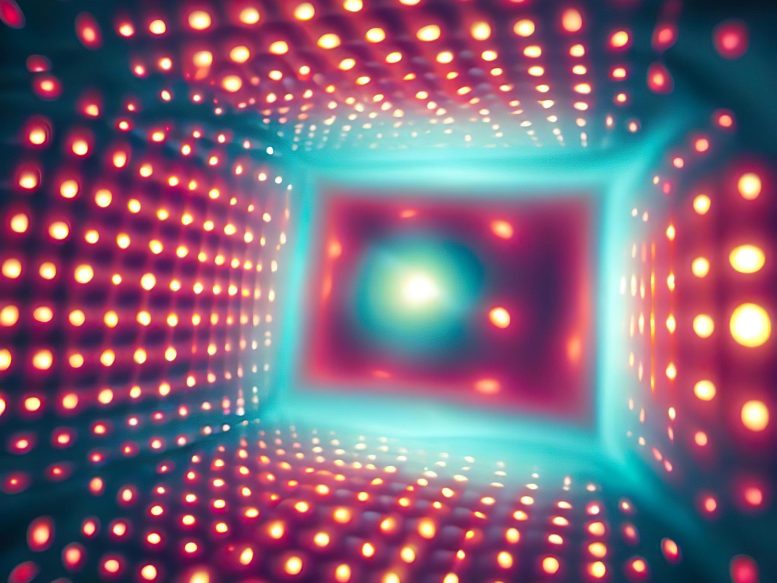
Research has uncovered unique properties of light-absorbing excitons in two-dimensional tungsten disulfide (WS2) semiconductors, a type of transition metal dichalcogenides (TMDs). These exciton states, which are quick to change, can now be separately imaged and tracked, offering insights into their coupling mechanisms that may diverge from current theories.
Researchers have uncovered new properties in excitons of tungsten disulfide semiconductors, allowing them to track different quantum states with a novel technique. These findings question current theories and could fuel advancements in nanotechnology and quantum sensing.
The Science
When some semiconductors absorb light, excitons (or particle pairs made of an electron bound to an electron hole) can form. Two-dimensional crystals of tungsten disulfide (WS2) have unique exciton states that are not found in other materials. However, these states are short-lived and can change from one to another very quickly. Scientists have developed a new approach to create separate images of these individual quantum states. By tracking the individual quantum states, researchers showed that the coupling mechanisms that lead to mixing of the states may not fully match current theories.
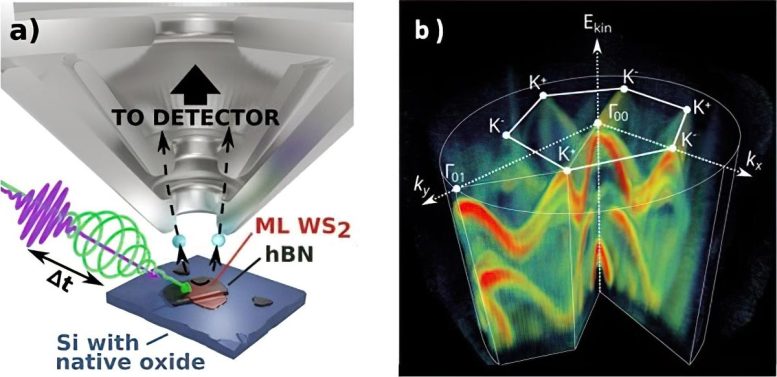
Left, ultrafast light pulses excite and probe a tiny sample of WS2 one layer of atoms thick, emitting electrons that are collected by a new detector called a momentum microscope. Right, full 3-D energy-momentum distribution of the emitted electrons. Credit: Stony Brook University
The Impact
Scientists are excited about transition metal dichalcogenides, the family of crystals that includes tungsten disulfide, because they absorb light very strongly despite being only a few atoms thick. Researchers could use these crystals to build new nanoscale solar cells or electronic sensors. Using a new technique called time-resolved momentum microscopy, researchers can now better track the transitions between different exciton quantum states. This technique is broadly applicable, so scientists can now put other next-generation materials and devices under this momentum microscope to see how they work.
Summary
A variety of light-induced exciton states can form in monolayer transition metal dichalcogenides (TMDs) like WS2 under different conditions. Varying the wavelength or power of the exciting light or the temperature of the crystal allows different exciton states to form or persist. Light that is circularly polarized, where the direction of the electric field rotates around the direction the light wave travels, can selectively create excitons with a given quantum spin configuration in a specific set of energy bands. Researchers at Stony Brook University have developed a unique instrument to directly visualize this effect under different ultrafast light excitation conditions and disentangle the complex mixture of quantum states that can form.
These new findings show how the force that binds the electron and electron hole together in the exciton also contributes to very rapid coupling, or mixing, of different exciton states. The researchers demonstrated that this effect leads to mixing of excitons with different spin configurations while still conserving both energy and momentum in the coupling process. Surprisingly, the results showed that the rate of exciton mixing did not depend on the exciton energies as researchers had previously predicted. This study provides crucial experimental support for some current theories of exciton coupling in TMDs, but also sheds light on important discrepancies. Understanding the interplay between these exciton states is a key step toward the harnessing potential of TMDs for nanotechnology and quantum sensing.
Reference: “Momentum-Resolved Exciton Coupling and Valley Polarization Dynamics in Monolayer WS2” by Alice Kunin, Sergey Chernov, Jin Bakalis, Ziling Li, Shuyu Cheng, Zachary H. Withers, Michael G. White, Gerd Schönhense, Xu Du, Roland K. Kawakami and Thomas K. Allison, 27 January 2023, Physical Review Letters.
DOI: 10.1103/PhysRevLett.130.046202
This material is primarily based on work supported by the Department of Energy (DOE) Office of Science, Office of Basic Energy Sciences. This research was additionally supported by the Air Force Office of Scientific Research, the National Science Foundation, the DOE Office of Science, Office of Basic Energy Sciences, Chemical Sciences, Geosciences, and Biosciences Division and the Catalysis Science Program, and the National Science Foundation Graduate Research Fellowship Program.


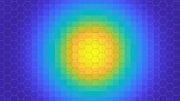

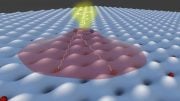
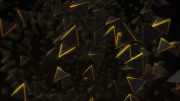
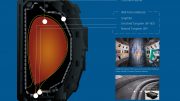

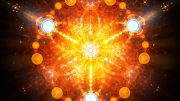
According to the theory of topological vortex gravitational field, Quantum States in Two-Dimensional Materials is one of the forms of topological vortices interaction. Quantum gravity comes from the interaction of topological vortex Gravitational field.